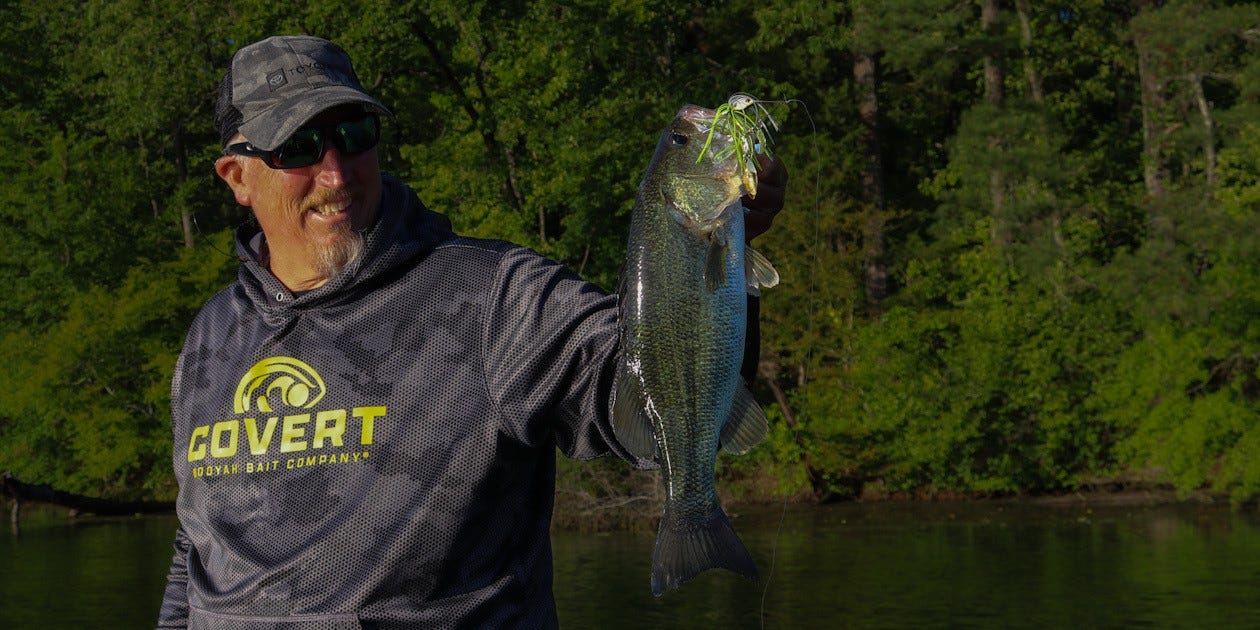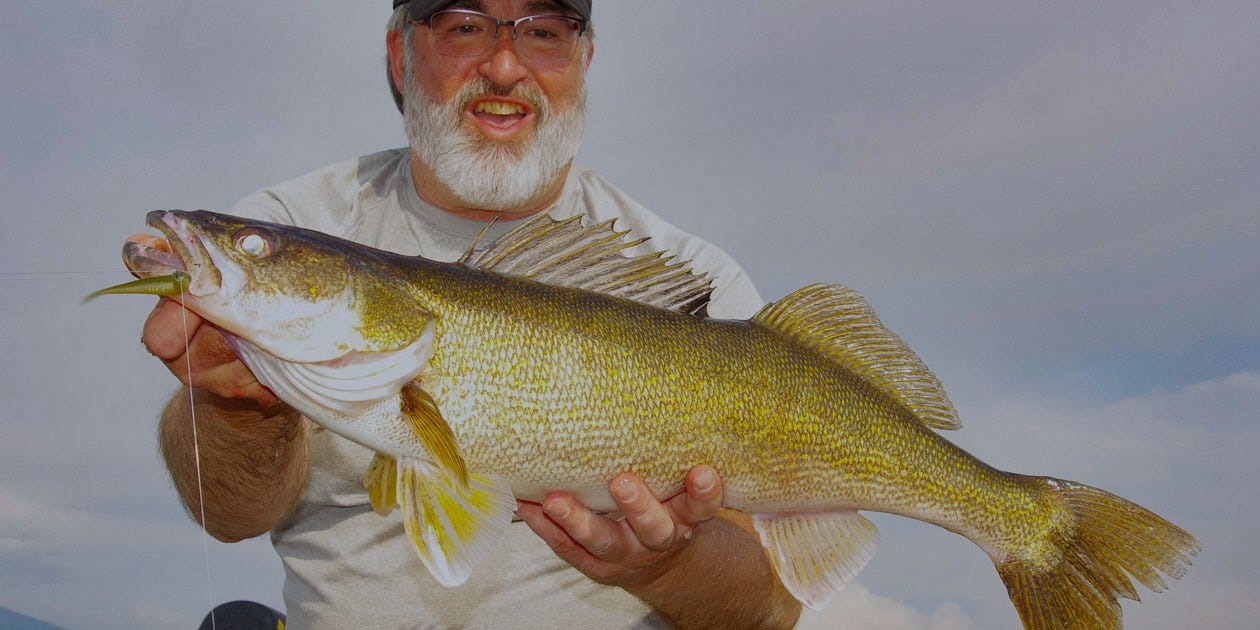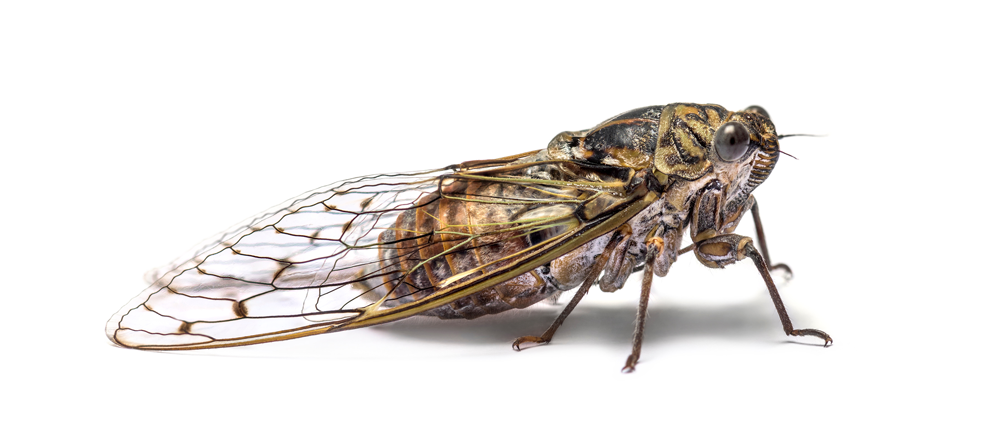- Feb 1, 2024
Cold-Water Fishing for Bass with Suspending Jerkbaits
Suspending jerkbaits excel during late winter and early spring, especially in clear water. Finding the best bass fishing action begins with an understanding of a jerkbait’s appeals.


Each pause feels like eternity when you’re eying your next cast and desperately wanting to cover water and prompt attacks. When the bass want a jerkbait worked slowly, though, you must endure, and the patience gets rewarded when you start to pull the bait, feel extra pressure, and lean into what turns out to be a hefty bass.
Suspending jerkbaits play a critical role in bass strategies during late winter and early spring, enticing bites from bass that are difficult to target with other techniques. We’ll explore the unique appeals of suspending jerkbaits and show how to maximize their effectiveness from now through spring.
Suspending Jerkbait Time


Smithwick Lure Co. forever changed spring fishing a few decades back with the creation of the Suspending Rattlin’ Rogue. Pioneering anglers had discovered the benefits of weighting a minnow lure just enough that it would dive to its running depth and stay there even when paused, but new Rogues, which accomplished that task out of the package, opened a new world to countless anglers.
Suspending jerkbaits provide tremendous appeal to bass this time of year for several reasons, beginning with the fact that they can be made to hover in the strike zone. Many bass suspend late in the winter, often holding just beneath schools of baitfish, and they have no interest in chasing food. Most lures stay too shallow or dig too deep, and others pass by too quickly to interest the fish. A well-presented suspending jerkbait gets to the right level, does its subtle, enticing dance and then just holds there, looking irresistible.
Suspended bass are also feeding on winter-chilled baitfish, so a lure that moves too quickly through the water column looks unnatural, triggering caution instead of prompting attacks. A suspending jerkbait, darting and shimmying a bit and then holding in place, suggests a baitfish that is slowed in the chilly water – or even fighting to stay alive. That’s a critical part why the Suspending Rattlin’ Rogue remains a favorite jerkbait for many anglers. It has a subtle rolling action that very effectively imitates a winter-chilled baitfish.
Change with the Seasons


Elite Series professional anger Luke Palmer of Coalgate, Oklahoma frequently turns to a jerkbait for fishing in clear water from the middle of winter until the spawn. His approach does not remain the same throughout that period, though. Palmer’s primary locations, jerkbait presentation style, and presentation speed all morph as winter begins giving way to spring. Like the weather itself, the changes go back and forth, but there is a general progression.
During late winter, when water temperatures range from the upper 30s through the 40s, Palmer concentrates mostly on main-lake areas and the lower 1/3 or so of major creek arms, fishing over structure that is along the main channel and provides easy access to deeper water. As the season progresses and the water warms, he works farther into creeks and fishes the ends of bluffs and secondary points that are adjacent to spawning pockets.
Key presentation differences from winter to spring relate to rod movements and pauses. While the water remains cold, Palmer pulls the bait, more so than he jerks it, gently moving his rod tip just 8 or 10 inches at a time. As the water warms, he gradually adds more snap in the rod movement, and by spring it’s truer to the jerkbait name.
The pause length that coaxes the most strikes can vary daily – or even change over the course of a day – so Palmer experiments a lot early in a day and gauges the fish’s responses. That said, as a norm, the colder the water, the longer the pause needs to be. The best winter jerkbait days generally involve painfully slow presentations in high confidence areas.
Realism from the Fish’s Perspective
Suspending jerkbaits get fished slowly this time of year, at times being paused for several seconds at a time, and the water is typically clear. Consequently, lure color can be critical, and natural patterns tend to produce best. The new FX Series colors by Frank Scalish, currently available in the Suspending Rogue and Perfect 10 Rogue, set a new bar for natural attraction because they were created to match what baitfish look like underwater, to the fish.
Years ago, Scalish began noticing that baitfish look different underwater than they do in hand and that many lures that look very much like a shad or herring when you look at them out of the water just look grey in the water. That began a lengthy process of studying how baitfish reflect colors underwater and an even longer process of experimenting with paints and painting processes and observing results to learn to effectively match that underwater appearance.
The painting process Scalish developed, which is featured in all six FX Series Rogue colors, involves layering of various pearl tones to reflect colors the way baitfish scales reflect colors and the creation of semi-translucent sides with more opaque colors on the belly and the back.
Instead of seeking to duplicate the specific markings of different baitfish species to look good in hand, each color differs in how it flashes colors in different water colors and light conditions and reflects colors the way all baitfish do in the real underwater world.
Learn more about FX Series Colors
Shop FX Series Suspending Rogues
Shop FX Series Perfect 10 Rogues
5 Great Smithwick Rogues
- Suspending Rattlin’ Rogue – The original Suspending Rattin’ Rogue and its signature “Rogue roll” established a new way to target pre-spawn bass that are suspended and keying on winter-chilled baitfish. It dives to around 6 feet with light line and a long cast and suspends perfectly when paused.
- Perfect 10 Rogue – Although most embraced by walleye anglers for trolling, the Perfect 10 was designed primarily for bass fishing in deep, clear lakes, where a steeper dive angle and capacity to work deeper prove advantageous. The Perfect 10 measures 5 1/2 inches, which is an inch longer than the Suspending Rattlin’ Rogue, dives 10 to 12 feet, and suspends when paused.
- Floating Rattlin’ Rogue – The 4 1/2-inch Floating Rattin’ Rogue comes into play more a bit later in the year because it run only 2 feet deep and floats up when paused. However, it’s tough to top when bass are chasing minnows in shallow water.
- Deep Running Floating Rattin’ Rogue – Deep is a relative term. This version of the Floating Rattlin’ Rogue, which is the same size as its counterpart but has a little larger lip, dives to 4 feet instead of 2.
- Deep Running Suspending Rogue – A big bait at 6 inches with a long bill, the Deep Running Suspending Rogue isn’t your traditional bass jerkbait. However, it provides a great option when you want a big profile and a bait that will dig deep and suspend there.



